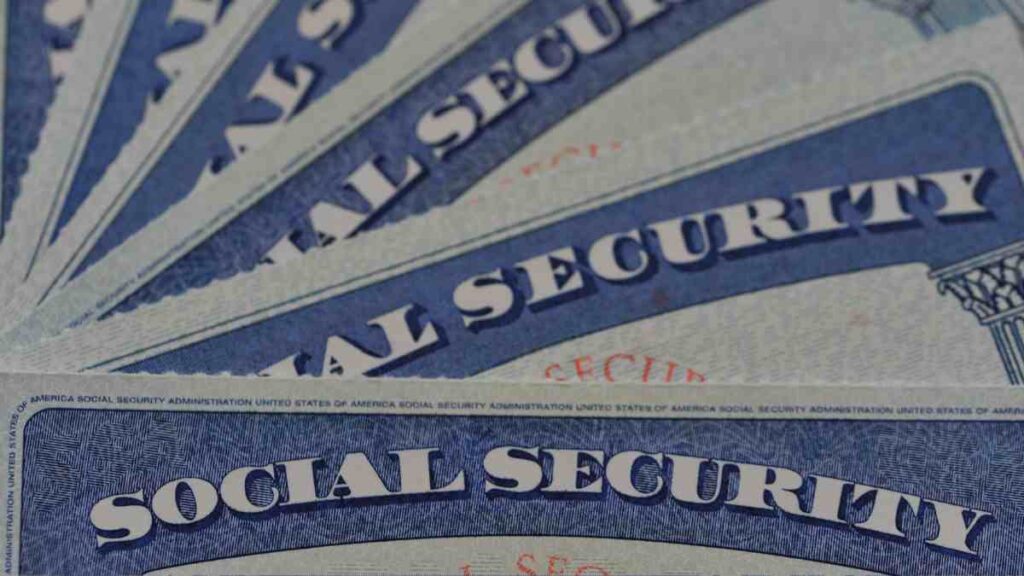Despite the fact that many Americans believe that Social Security retirement benefits are for everyone, it is not true. There are some citizens who do not qualify for monthly payments because they did not pay enough taxes.
Others believe that Social Security payments are extremely low since they are a supplement in retirement. The thing is, a recipient could get up to $4,873 if they meet 4 essential requirements.
Requirements to receive a SSI payment worth $4,873 in July
The first requirement to receive Social Security, regardless of the amount, is to have jobs covered by the Administration. That means you must pay taxes as you work.
Otherwise, you will not be entitled to monthly payments. Secondly, the age at which you file for retirement benefits matters. Only those seniors who file at 70 can opt for a payment worth $4,873.
The last 2 requirements go hand in hand. First, you must have worked for 35 years, but the amount of money you earned as a worker will be key. Only those who earned the taxable maximum (contribution and benefit base) for 35 years can achieve it.
Here’s why some receive $2,710 or $3,822
While the average Social Security payment is $1,916, some can receive $2,710. To get so much money, you must meet the same requirements as for the $4,873 payment, but you need to file at 62.
The same thing happens with the Social Security payment worth $3,822, but to get it you must file at Full Retirement Age in 2024. Obviously, if you do not have jobs covered by SSA, have not worked for 35 years or earned the taxable maximum all those years, you will not qualify.
As you can see from the three possible maximum amounts, the earlier you file, the lower your Social Security payment will be in retirement. That is why it is of vital importance to delay retirement as much as you can. In this way, you could take advantage of a reward that can give you 24% extra per month.
Consequences for individuals who have not paid enough taxes to qualify for Social Security benefits
- Owning back taxes won’t stop you from getting Social Security benefits. Your tax history doesn’t affect your eligibility.
- The IRS can take up to 15% of your Social Security through the Federal Payment Levy Program for unpaid taxes.
- It can only take Old Age and Survivor’s benefits. However, it can’t touch Disability payments, children’s benefits, or SSI.
- To avoid this, quickly arrange payment with the IRS. Options include an installment agreement or demonstrating hardship.
- Part of your Social Security is exempt from levies. If the IRS takes more, ask for a reduction.
- The tax code lets the IRS take Social Security for taxes. This overrides the rule against garnishing benefits.
- The IRS can also take Social Security for unpaid child support, just like for taxes.
What is the taxable maximum or contribution and benefit base SSI
The taxable maximum is also known as the contribution and benefit base. It is the most earnings subject to Social Security tax. It is used to calculate Social Security benefits in the United States.
- It’s the most earnings on which Social Security taxes are paid each year. It’s also the most earnings used to calculate retirement benefits.
- The taxable maximum is adjusted annually based on changes in the national average wage index.
- For 2024, the Social Security taxable maximum is $160,200. Any earnings above this amount are not subject to Social Security tax or used in benefit calculations.
- The taxable maximum only applies to Social Security taxes (OASDI). There is no taxable maximum for Medicare (HI) taxes – all covered wages are subject to Medicare tax.
- Historically, the taxable maximum covered about 90% of total earnings in the economy. Today it covers around 83% of earnings due to rising wage inequality.
Some additional details:
- The Social Security tax rate is 6.2% for both employees and employers, for a total of 12.4%. Self-employed individuals pay the full 12.4% themselves.
- Earnings above the max tax level also don’t count. They are not counted when calculating Social Security benefits. Benefits are based on a progressive formula that replaces a higher percentage of pre-retirement earnings for lower-wage workers.
- There have been proposals to increase or remove the taxable maximum. They aim to improve Social Security’s long-term finances. But, so far, no changes have been made.
